10 Hot Weather Vegetables That Thrive In Sweltering Summer Heat
These hot weather vegetables, fruits, and flowers can handle the heat! A Georgia Master Gardener shares his top picks for hot and humid summer gardens.

Hot weather vegetables, fruits, and flowers are a must for gardeners who live in areas with sweltering summer heat and humidity. If this sounds like where you live, you’re in luck. Georgia Master Gardener Geoffrey Johnson shares his favorite heat-loving vegetables, fruits, and flowers–plus, tips to keep plants happy in hot weather.
Gardening in Warm Climates
Vegetable gardening in a warm climate has its own unique set of challenges and opportunities. In Johnson’s Georgia garden, temperatures often reach 90 degrees F (32 C) in May and remain there until September.
The primary benefit of gardening in warm climates is the extended growing season. These areas experience less frost, which allows you to grow certain plants (almost) year-round and gives you more time to experiment with different crops and varieties.
The flipside is that many warm weather vegetables will not tolerate frost. They can suffer damage or even die when temperatures dip to 45 degrees F (7 C) or below, which does happen in parts of the South like Johnson’s home state of Georgia.
Vegetables grown in warmer year-round temperatures tend to have deeper roots, making them more drought tolerant. But intense summer sun and heat makes soil dry out faster, so when you select seeds or seedlings, be sure to look for heat and drought tolerant varieties to combat this problem. Seek out disease-resistant cultivars, too, as high humidity can increase the risk of certain fungal diseases.
Best Hot Weather Vegetables & Fruits
Let's take a look at some of Geoffrey Johnson's top picks for heat-tolerant vegetables and fruits that are well-suited to warm climate gardens.

Geoffrey Johnson is a Georgia Master Gardener, 2020 Gardening Know How Community Gardening Grant recipient, all around seed saving expert and most importantly, Southern gentleman. He is also the owner/operator of DOPE (Depend on Planet Earth), an organization that promotes urban gardening.
1. Tomatoes
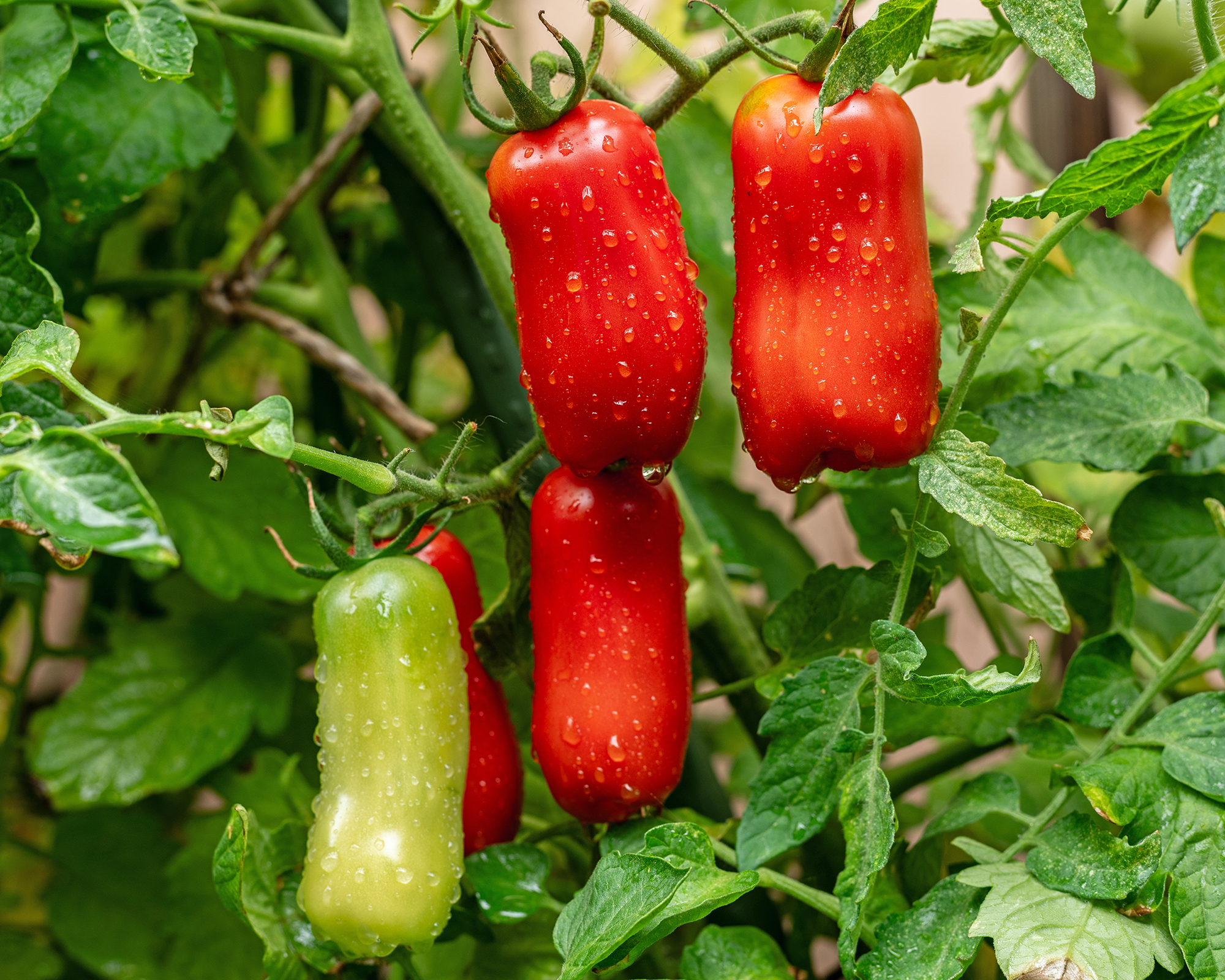
You can’t have a vegetable garden without tomatoes. But these summer staples can be picky about heat. They need warm temperatures to grow–70 to 80 degrees F (21 to 26 C) is optimal for fruit production. But high heat can reduce the number of blossoms set and thus the amount of tomatoes. That’s why it’s important to select cultivars that can handle the soaring summer highs of southern climates.
One of Johnson’s favorite heirloom types is ‘Yellow Pear.’ He also likes ‘Homestead,’ which is crack resistant and tolerates humidity well. He loves ‘San Marzano’ for canning and sauces, as well as ‘Black Krim’ for its smoky flavor that’s a mix of salty and sweet. ‘Moneymaker Pole’ is another variety suited to warm, humid weather.
Sign up for the Gardening Know How newsletter today and receive a free copy of our e-book "How to Grow Delicious Tomatoes".
2. Pole Beans
Yard long beans, also known as Chinese long beans, can grow up to 3 feet (0.9 m) in length. Johnson says, “They are probably one of my favorite things to grow. They are amazing performers in heat, very prolific, and have an amazing taste.” He likes to alternate between red and green varieties for a mix in his garden.
Johnson also recommends rattlesnake beans, which are great humidity and heat-tolerant vegetables.
3. Summer Squash
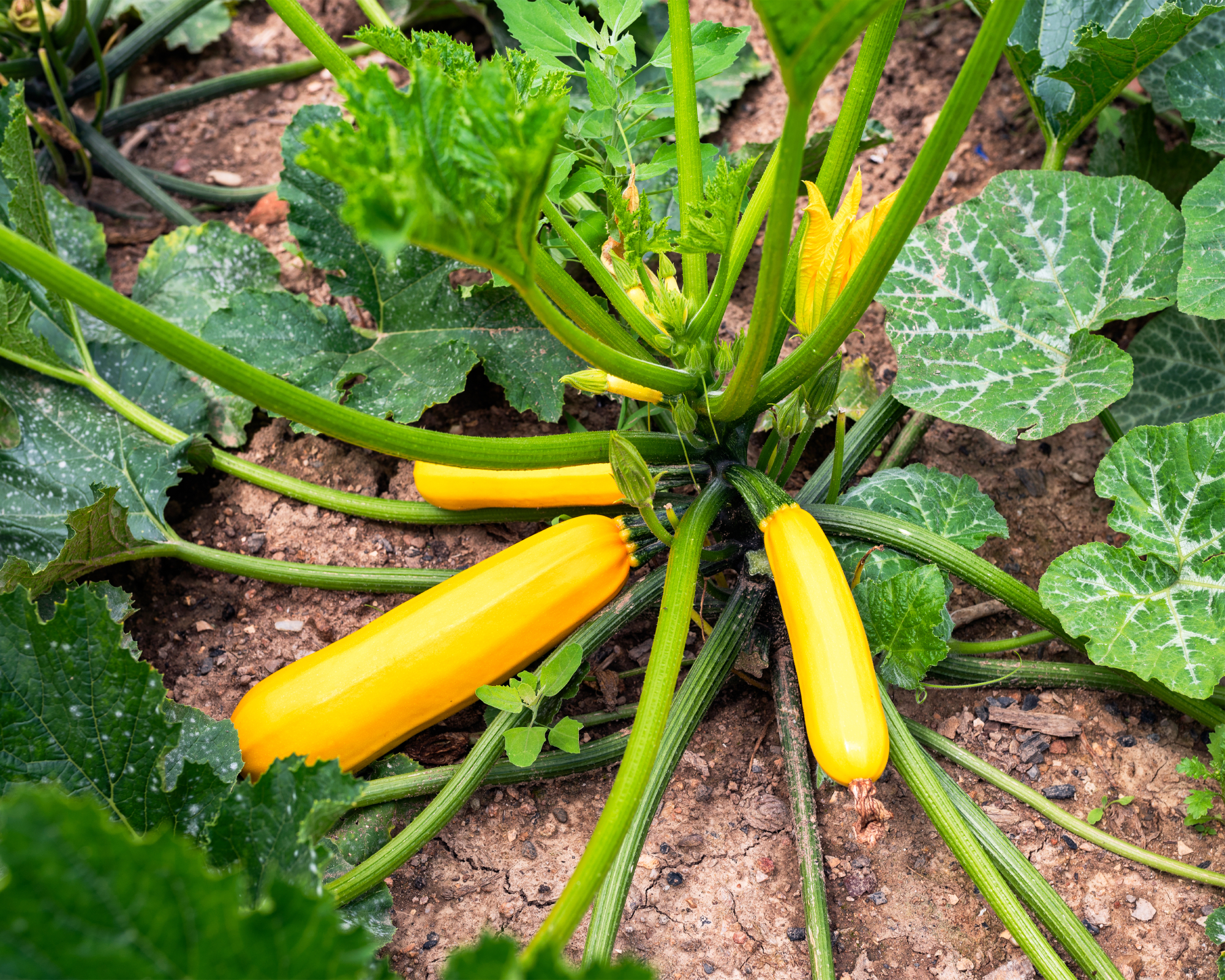
Johnson uses summer squash as a companion to beans, usually in the same raised bed. Squash aren’t quite as temperamental as tomatoes, so he doesn’t worry as much about finding a specific cultivar suited to his growing zone. He says for yellow squash, “Straightneck and crookneck both work. But zucchini is not as prolific later on in the summer.”
4. Peppers
This may be a surprise for some gardeners, but bell peppers don’t tolerate heat well. That’s not to say gardeners in warm climates can’t grow peppers. Though bell peppers balk at high temperatures, hot peppers and other sweet peppers thrive in hot weather.
Gypsy and pimento peppers are tasty choices, but Johnson’s favorites are banana, jalapeño, and shishito. In fact, he grows three different types of shishito peppers every year!
5. Tomatillos
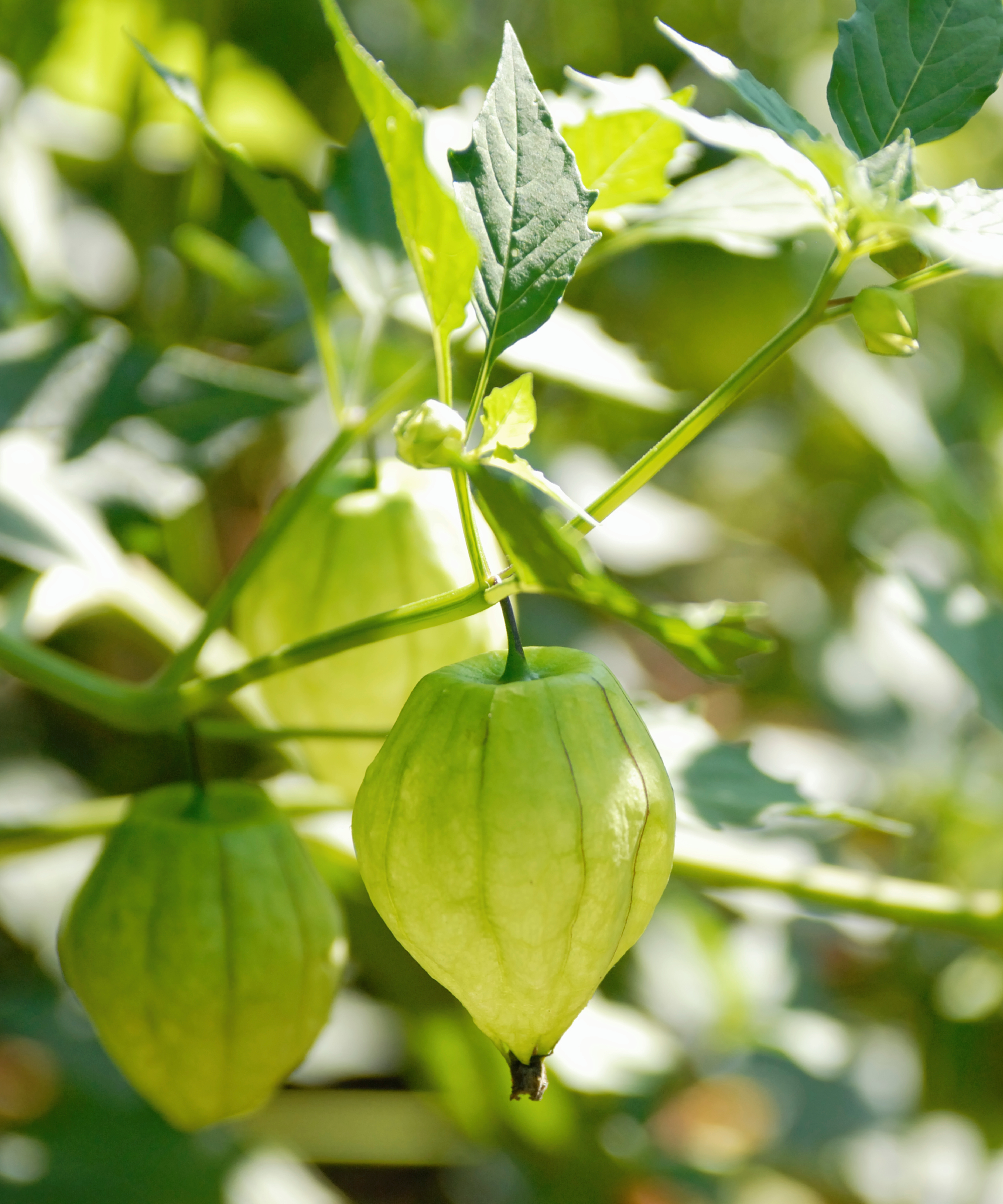
Feeling adventurous? Try tomatillos! They have similar growing habits and the same pests as tomatoes, except tomatillos grow in husks and you need at least two plants to get fruit.
Grow from transplants or start your own. Plant seeds indoors six to eight weeks before the last frost or direct sow once the chance of frost is gone. Johnson recommends ‘Pineapple’ or ‘Grande Rio Verde.’
Once fruit is firm and husks turn dry and papery, tomatillos are ready to harvest. Gardeners typically pick them green, but you can leave them to mature to yellow.
6. Melons
Melons are perfect for warm climates. Johnson says Southern gardeners can grow any type of watermelon, cantaloupe, or honeydew. “All you need is high heat and space. They sprawl and sprawl and sprawl!”
Melons need lots of room for their vines to grow, preferably in weed-free, sandy-loam soil. Be sure to give them lots of water. The melons will do the rest.
7. Okra
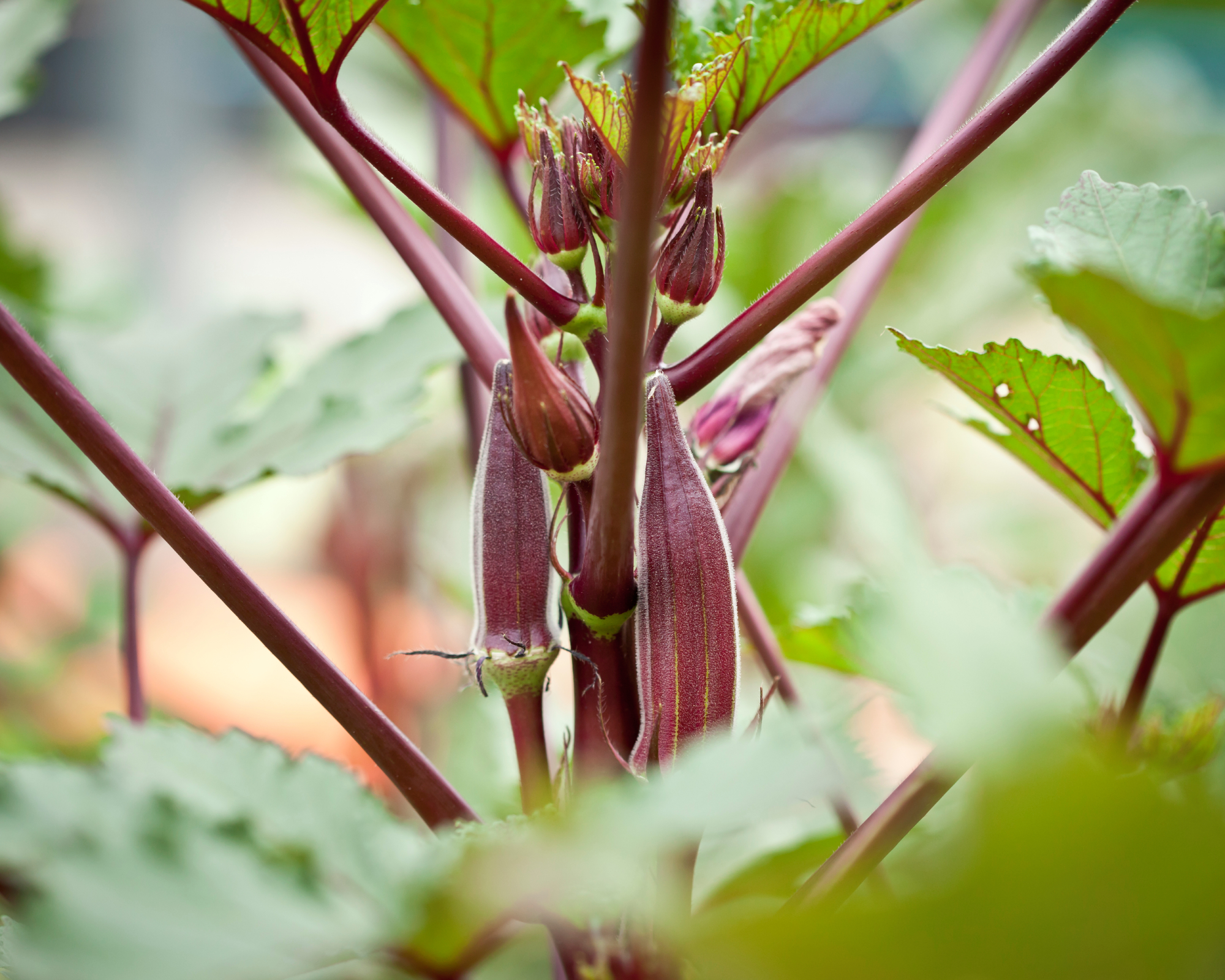
Okra is a classic Southern staple–and no wonder, they love heat! Native to tropical Africa, okra is one of the best vegetables for hot weather. It’s also Johnson’s specialty.
He says, “They will all grow. The hotter it is, the more you will get! All you have to do is pick a variety.” His favorites are ‘Clemson Spineless,’ which he eats raw right off the plant, and ‘Alabama Red,’ which produces thick, fat pods that taste amazing fried.
He also recommends ‘Red Burgundy’ okra, but warns it must be harvested before reaching 6 inches (15.2 cm) for the best results, and ‘Cowhorn,’ which is an heirloom that is tender all the way up to 10 inches (25.4 cm) and great for pickling.
Be sure not to plant okra too close together. Allow 12 inches (31 cm) between plants. Pods are ready to harvest about two months after planting. You can store okra in the refrigerator or blanch and freeze it for longer storage.
8. Eggplants
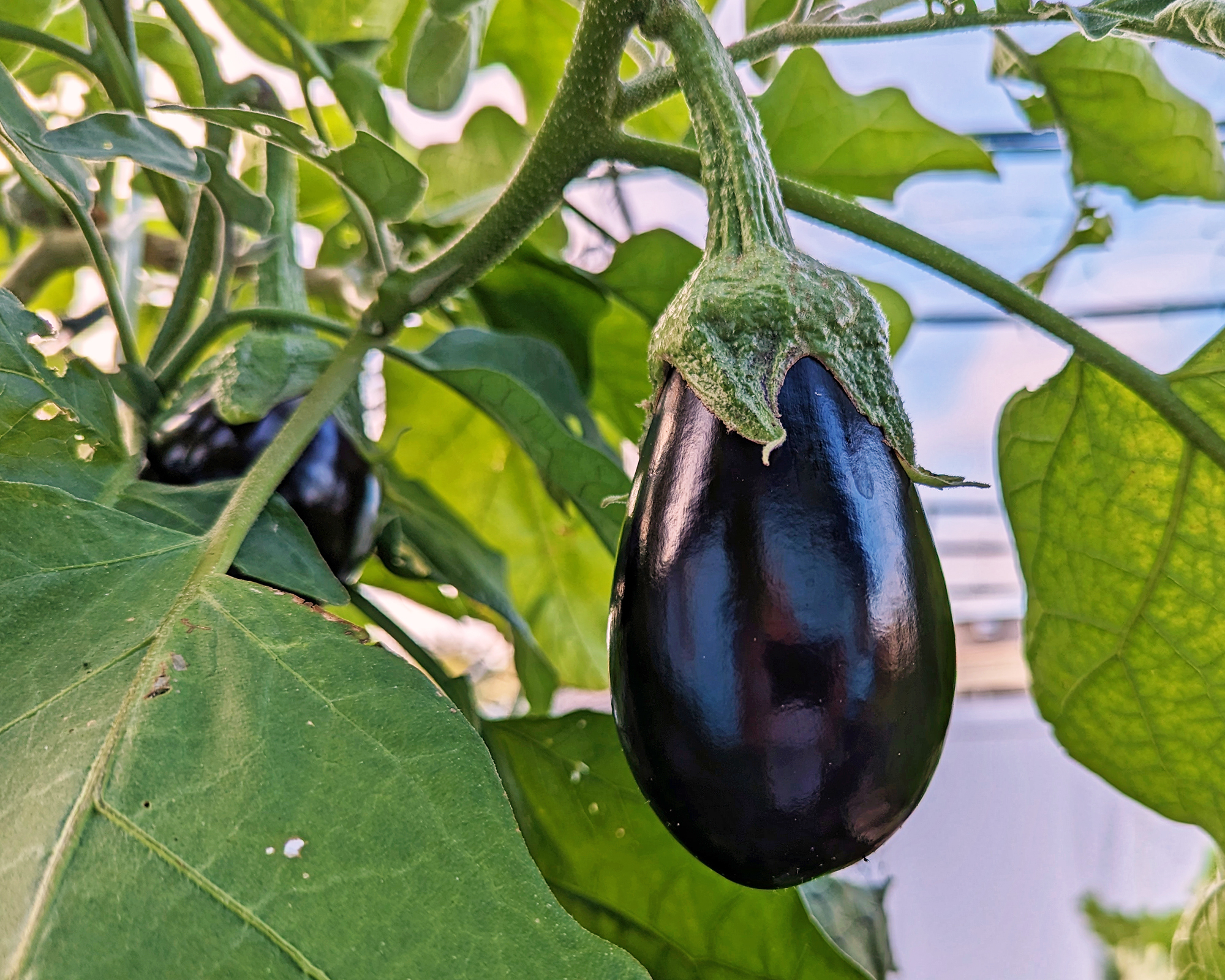
This hot weather vegetable needs full sun and fertile soil to thrive, as well as constant moisture, about an inch (2.5 cm) of water or rain a week. Harvest before eggplants reach maturity as they are best eaten fresh and don’t preserve well.
Eggplants, which are related to tomatoes, love the summer heat. Large-fruited varieties like ‘Blackbell Classic,’ ‘Midnight,’ and ‘Florida High Bush’ are particularly adapted to summer heat.
9. Cucumbers
Cucumbers grow best in temperatures between 80 and 85 degrees F (26 to 29 C), so they are well-suited to warm weather vegetable gardens. Some extra heat-tolerant cultivars include ‘Sweet Success’ and ‘Straight Eight,’ which are both perfect for slicing. For pickling, try ‘Eureka’ or ‘Boston Pickling.’
10. Sweet Potatoes
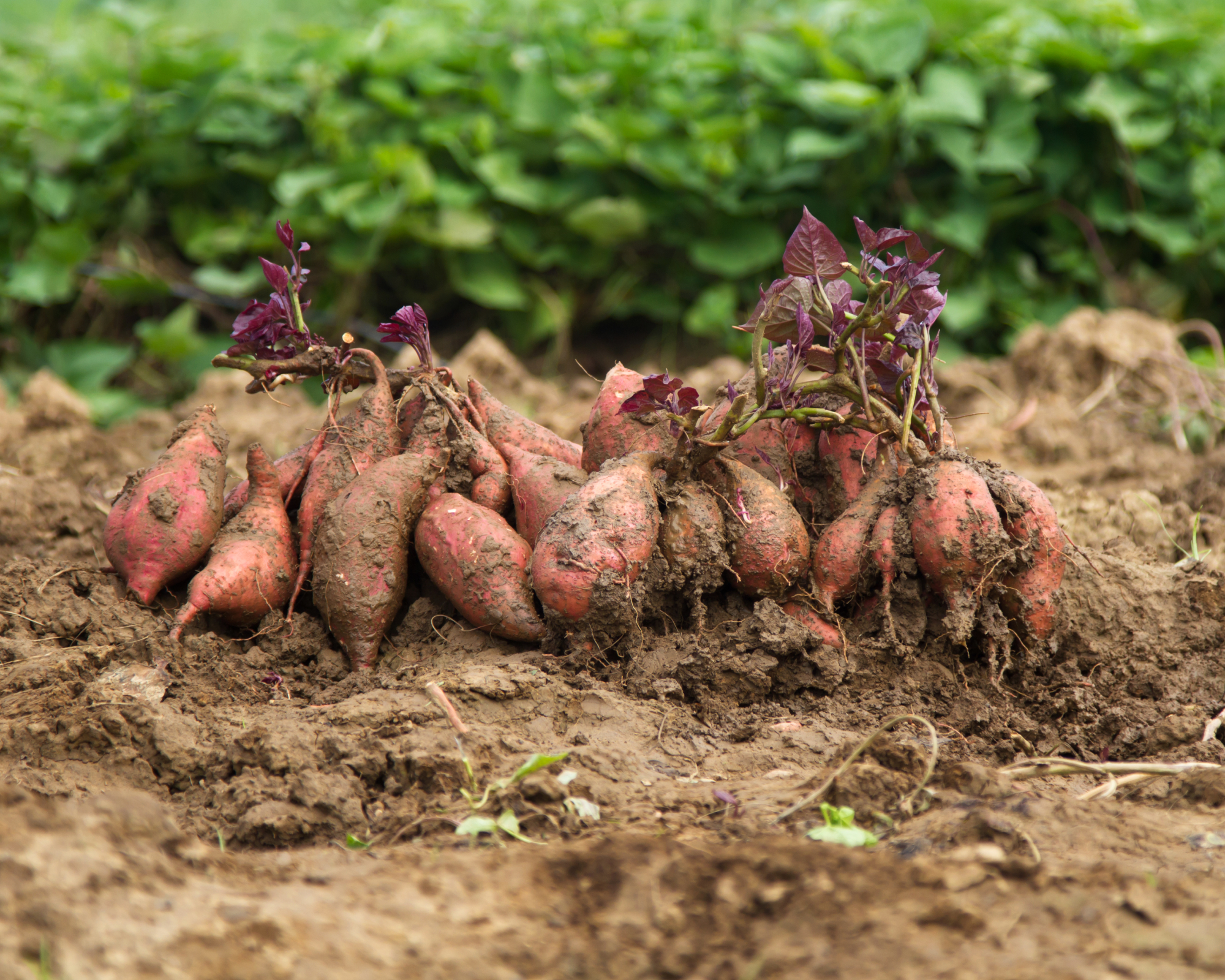
Sweet potatoes are one of the rare root vegetables that don’t need cool temperatures to grow, making them ideal for warm climates. Plant sweet potato slips once the soil reaches 70 to 80 degrees F (21 to 26 C) and stays consistently above that temperature. It only takes six weeks to harvest sweet potatoes that are ready for pies or fries.
‘Centennial’ is an easy-growing cultivar for hot weather, but if you want a more compact plant, try ‘Vardaman.’ This bush type sweet potato is a wonderful solution for small gardens.
Best Flowers to Grow With Hot Weather Vegetables
Flowers are not only a beautiful, but a beneficial addition to any vegetable garden. They attract pollinators, like bees and butterflies, and many flowers also help repel bad insects that can damage crops. Johnson reveals which four flowers he always includes alongside heat-loving vegetables and fruits.
Marigolds
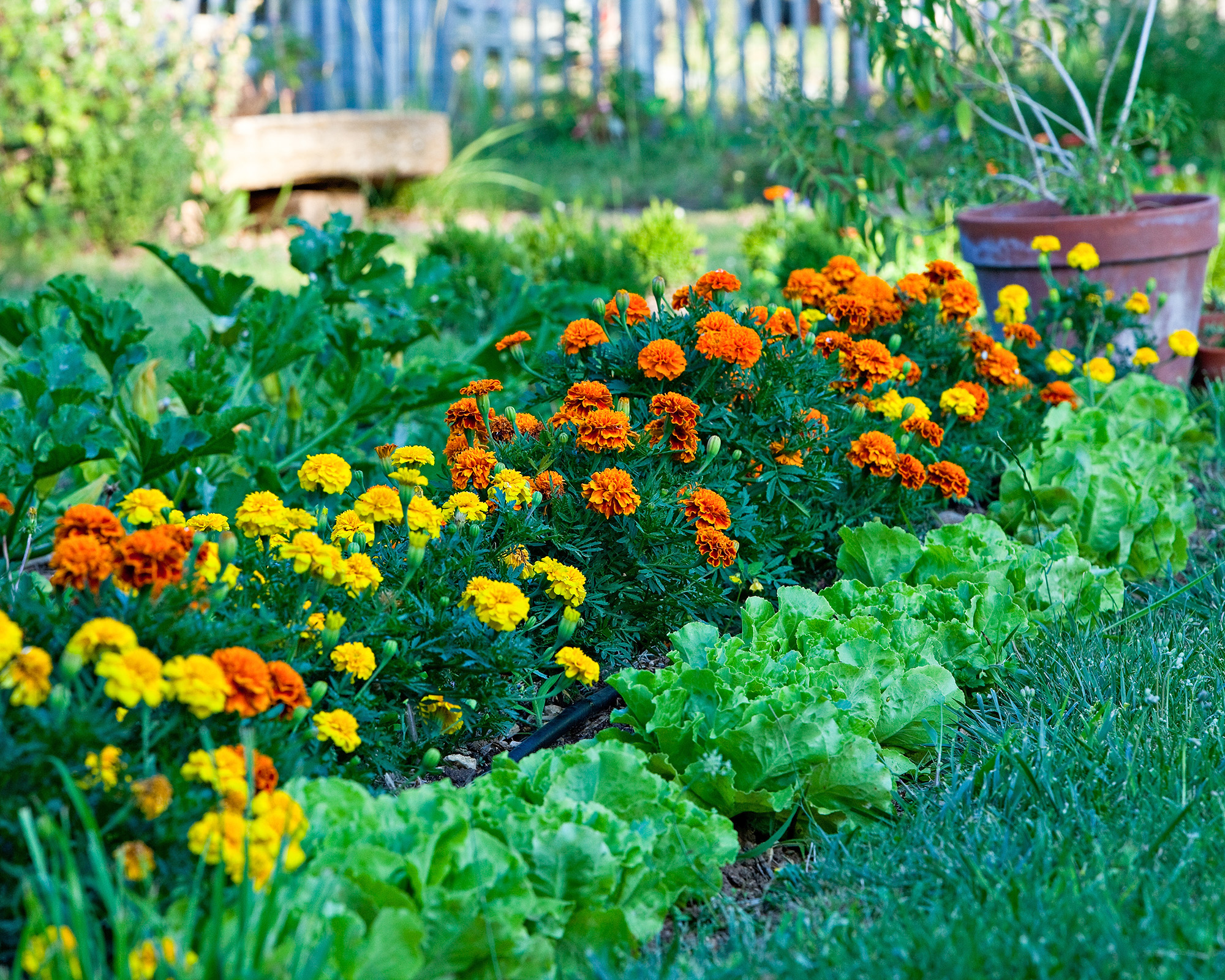
Johnson swears by marigolds for their manifold uses in the vegetable garden, especially when it comes to okra. According to him, “Aphids and okra go together like the Atlanta Braves and the N.L. East championships.” Translation: they'll be back every single year. That’s where marigolds come in.
Marigolds attract ladybugs who love to snack on aphids. They also repel squash vine borers, which can quickly kill your summer squash crop. ‘Sparky French’ is Johnson’s go-to cultivar. In fact, he’s been saving seeds from them for almost 6 years now and says, “I basically have a lifetime supply.”
Lantana
Lantana is another one of Johnson’s preferred flower companion plants. He says that nothing takes the heat better. Lantana are annuals in northern climes, but grow as perennials in USDA planting zones 10 and 11. They may look delicate, but these flowers are tough! They thrive on heat and look fabulous in veggie garden beds.
Sunflowers
Johnson loves to grow sunflowers, especially ‘Torch’ Mexican sunflowers, for a vibrant pop of color and as a food source for pollinators. He says these gorgeous orange flowers are his “butterfly whisperers.” This multi-stemmed sunflower can reach heights of 5 to 7 feet (1.5 to 2.1 m). They are a showstopping addition to any edible garden.
Zinnias
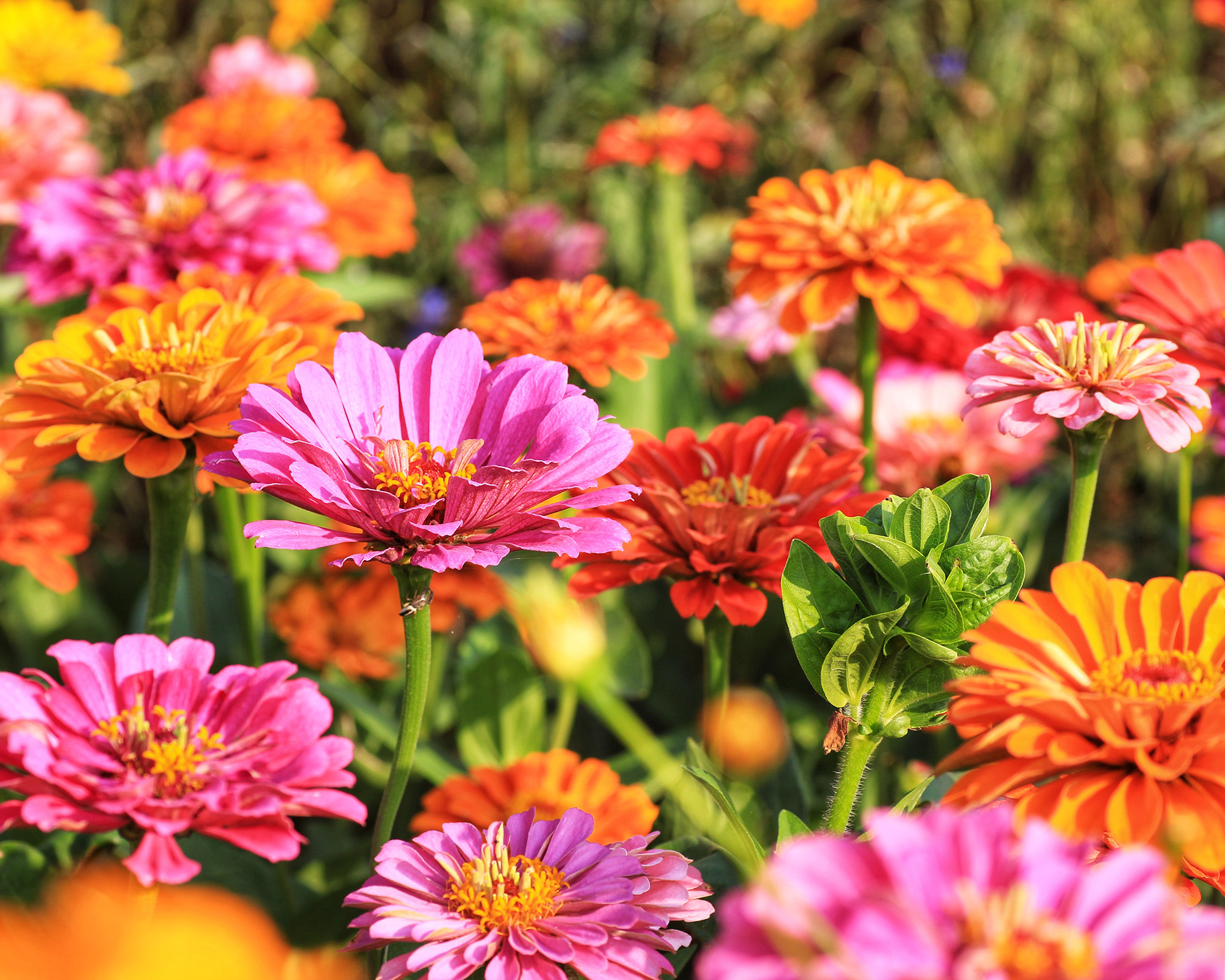
“Zinnias last and last and last,” according to Johnson. Who doesn’t want flowers like that in their garden? Especially ones that can handle a long, hot summer. Native to Mexico, zinnias can stand up to the heat. There are over 22 accepted species of zinnias, plus even more cultivars to choose from.
Embracing heat and humidity by choosing varieties that thrive in warm climates will reward you with bountiful harvests all season long. You can extend the growing season even more by starting seeds indoors. For more information about that check out Geoffrey Johnson’s video about how to start seeds in warm climates.

Laura Walters is a Content Editor who joined Gardening Know How in 2021. With a BFA in Electronic Media from the University of Cincinnati, a certificate in Writing for Television from UCLA, and a background in documentary filmmaking and local news, Laura loves providing gardeners with all the know how they need to succeed, in an easy and entertaining format. Laura lives in Southwest Ohio, where she's been gardening for ten years, and she spends her summers on a lake in Northern Michigan. It’s hard to leave her perennial garden at home, but she has a rustic (aka overcrowded) vegetable patch on a piece of land up north. She never thought when she was growing vegetables in her college dorm room, that one day she would get paid to read and write about her favorite hobby.
- Geoffrey JohnsonContent Contributor and Seeds Expert
- Amy GrantWriter
- Susan AlbertWriter